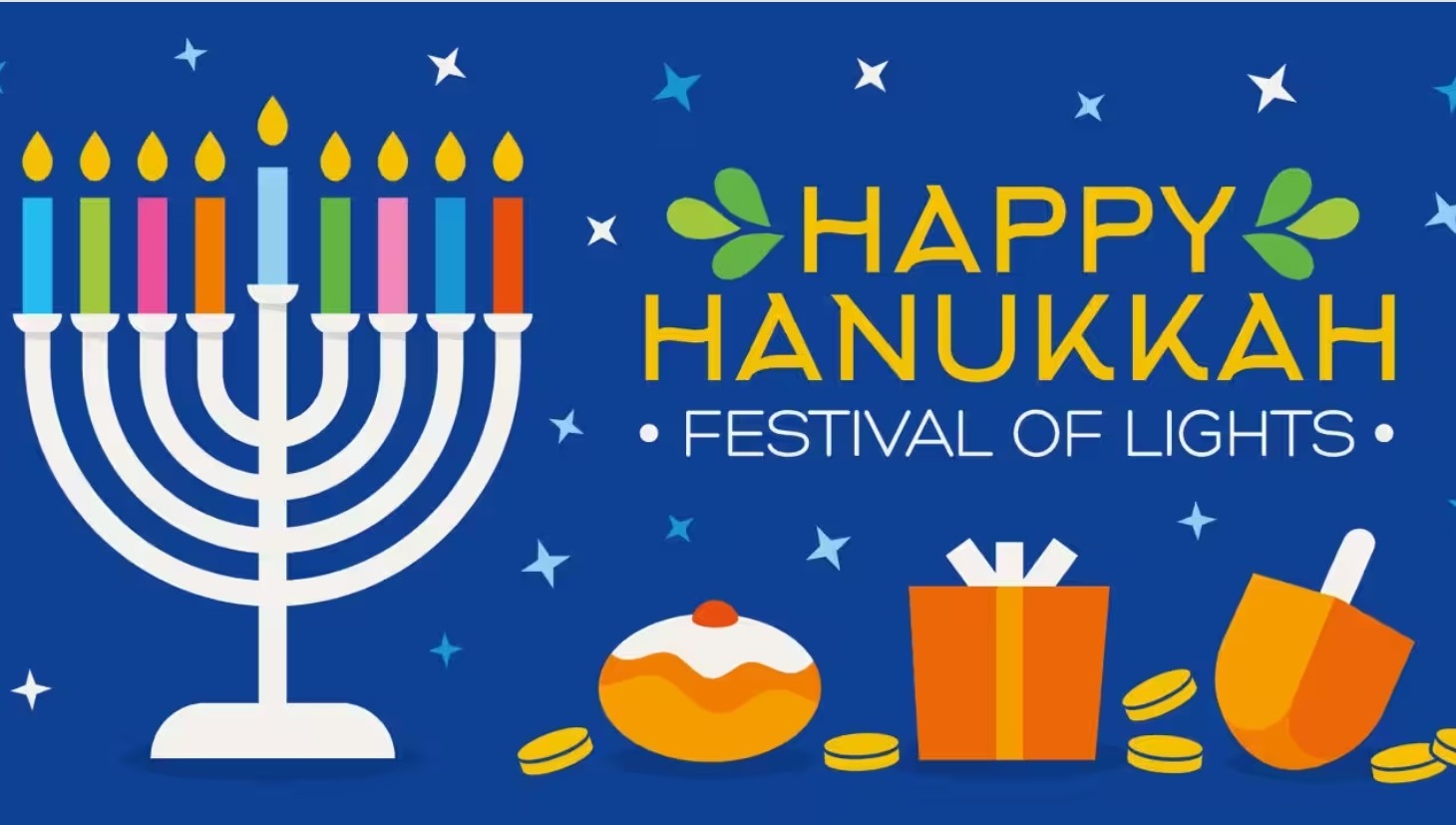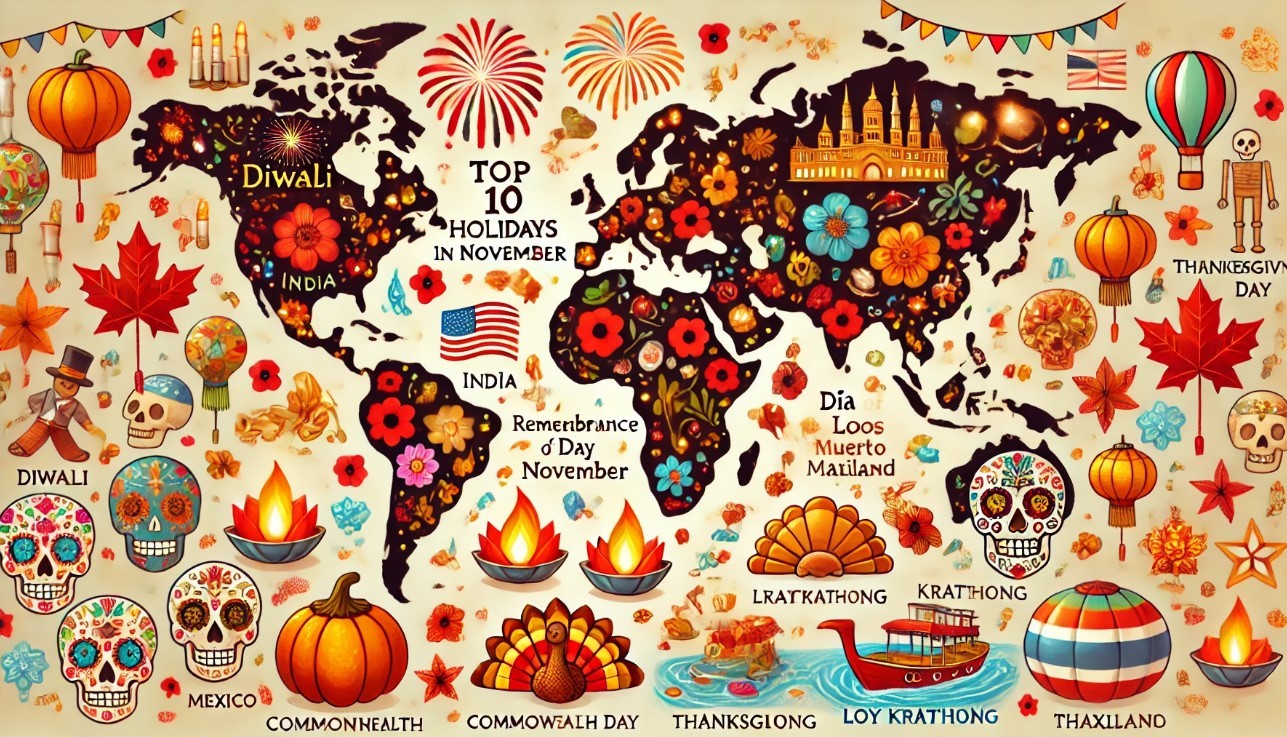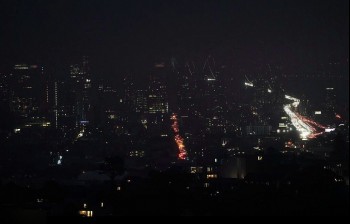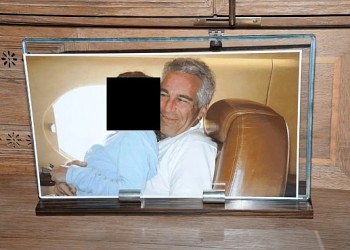13 Distinctive Diwali Customs & Traditions in Different Indian Regions
| Table of Contents |
Diwali, the Festival of Light, is celebrated with magnificent splendor across India. It's that magical season when every street and window sparkles, showcasing the brilliance of Diwali to all. Homes banish darkness by radiating the warm glow of lanterns, earthen lamps, and enchanting fairy lights. India, a vibrant tapestry of cultures, boasts a diverse array of beliefs and heritage, with each region celebrating Diwali through its own distinctive rituals.
India boasts a vibrant tapestry of festivals. Festivals in India are celebrated in a myriad of fascinating ways across various regions. Diwali, the festival of lights, certainly stands out as a remarkable celebration. Across India, Diwali is celebrated in a multitude of ways, featuring diverse practices, rituals, and traditions. Across India, Diwali is celebrated with reverence for Goddess Lakshmi, illuminating homes with diyas, exchanging gifts with loved ones, and enjoying the festive spirit with fireworks.
Discover the fascinating Diwali rituals celebrated by various communities across India.
Learn more: How Diwali is Celebrated in Different Parts of India: Unique Deepavali Rituals
13 Unique Ways Diwali Is Celebrated In Different Parts Of India
1. East India - Worshipping goddess Kali
Hindus celebrate Goddess Kali during Kali Puja. Most Indians worship Lakshmi on Amavasya Tithi, the day before Diwali. East Indian states like West Bengal, Odisha, and Assam worship Kali on Kartik's new moon. Kali Puja (Shyama Puja) is Eastern India's second most popular festival after Durga Puja.
People perform Kali Puja to ask the goddess for protection from evil and blessings on peace, happiness, health, and wealth. Pujas are held at night with red hibiscus flowers, her favorite. Fish is a key food for her. Other essentials include rice, lentils, and sweets.
West Bengalis perform Agambagish Kali Puja. The most revered tantriks or priests of Maa Kali, the Agambagish, meditate in morgues by sitting in a circle around bloody skulls. Agambagish rituals are common in rural West Bengal, especially in Howrah, Midnapore, and Hoogly.
2. Punjab - Celebrating Guru Nanak’s return
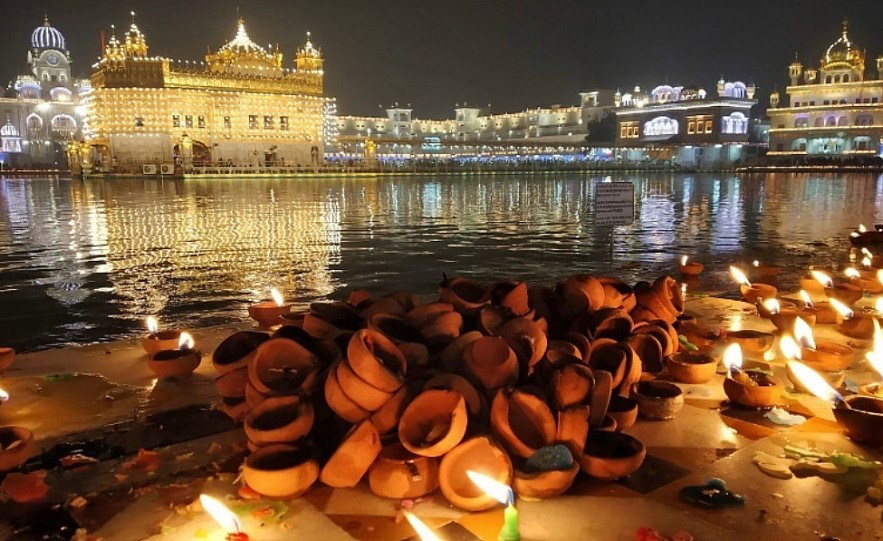 |
| Diwali in Punjab |
Bandi Chhor Diwas is a Sikh festival that is celebrated in Punjab around the same time as Diwali. During this festival, households and gurudwaras are lit up with lights, gifts are given, crackers are exploded, and plenty of food is consumed. On Diwali, Punjabi Hindus pay their respects to the goddess Lakshmi.
Additionally, the arrival of winter in Punjab is commemorated by the celebration of Diwali.
3. Varanasi - Diwali of Gods
Dev Deepawali, also known as the Diwali of Gods, is a festival that is celebrated in Varanasi. It is believed by devotees that during this time, the gods and goddesses descend to earth in order to bathe in the Ganga, which is considered to be sacred. Offerings of prayers and diyas are made to the Ganga river, and the banks of the river, which are decorated with lamps and rangolis, appear to be tremendously mesmerizing. Twenty-five days after Diwali, the festival of Dev Deepawali is celebrated on the day that the full moon of the Kartika month occurs.
4. Gujarat - Flinging firecrackers at each other
In Panchmahal, Gujarat, fireworks are used to shower each other with flames. Firecrackers are thrown in Vejalpur village, Panchmahal, as part of an ancient Diwali custom.
Some Gujarati families leave a ghee-lit diya burning all night on Diwali. Women apply kajal to their eyes the next morning using diya leftovers. This is a lucky tradition that can bring wealth.
The tribal people of Gujarat's Narmada and Baruch districts celebrate the festival of lights as a sign of good health. Their 15-day celebration involves burning herbal wood. Burning medicinal wood smoke is said to keep them healthy. This Diwali tradition celebrates the idea that “hard labor requires good health, and hard work generates prosperity.”
Learn more: When To Celebrate Diwali: Key Dates, Times, Significance And Ritual
5. Himachal Pradesh - Pathar Ka Mela
In Dhami, Himachal Pradesh, there is a devotional celebration known as "Pathar Ka Mela" that involves stone-pelting, and getting struck during the festivities is lucky. Following Diwali, a yearly ritual involves two local groups hurling stones at each other. The blood of the wounded is used to apply tilak to the image of Goddess Kali at a nearby temple.
It was commonly held that at Dhami, the Goddess Kali was offered human sacrifices. But the ritual was outlawed after a queen of the nearby princely state was offended by it. Since then, stone pelting has been practiced as a substitute for human sacrifice. It was established at that time.
6. Chhattisgarh - Marriage of crops
Tribal groups in Chhattisgarh's Bastar region celebrate "Diwali" as "Diyari" with unique customs. A ceremony marries field crops to a Lord Narayana idol to start the festival. Food grain stockpiling follows. On the first day of the festival, Bastar tribal people honor animal owners with alcohol. The three-day Diwali festival honors Lakshmi. Drums are played and cattle are decorated.
Sindhis celebrate Diwali as "Diyari," but not like Chhattisgarh tribal people. Diwali rituals include cleaning silver and gold coins with raw milk. After the puja, they tap the coins on their teeth while singing "Lakshmi aayi, danat vaai," meaning "When Lakshmi comes, poverty goes away."
7. Maharashtra - Lighting lamps for Lord Yama
Dhanteras (Dhanatrayodashi) is celebrated in Marathi, unlike elsewhere in India. Today, Maharashtrian women light diyas to wish their male family members a long and prosperous life. The state's Yamandeepdaan festival burns specially kneaded flour diyas to honor Lord Yama, the Hindu god of death.
An intriguing folktale about a young prince who died on his fourth wedding day is related to this event. That day, his wife lit diyas at the door, keeping him awake. Lucky for her, the young wife who lit the diyas in prayer to the Prince was spared from Yama, the death deity disguised as a serpent, trying to break into his chamber. Therefore, this day is called Yamandeepdaan, and a diya is lit all night to honor Yama.
The Thakar, a scheduled tribe of Maharashtra, live in forests. Diwali lamps are made from dried chibra fruit pieces and lit with cow dung. Their cane baskets contain grain, which they worship as Lakshmi. They dance a folk dance to the dhol beats on this occasion.
Learn more: Diwali Celebration: Most Significant Customs And Traditions
8. Bengal - A night with Kali Puja
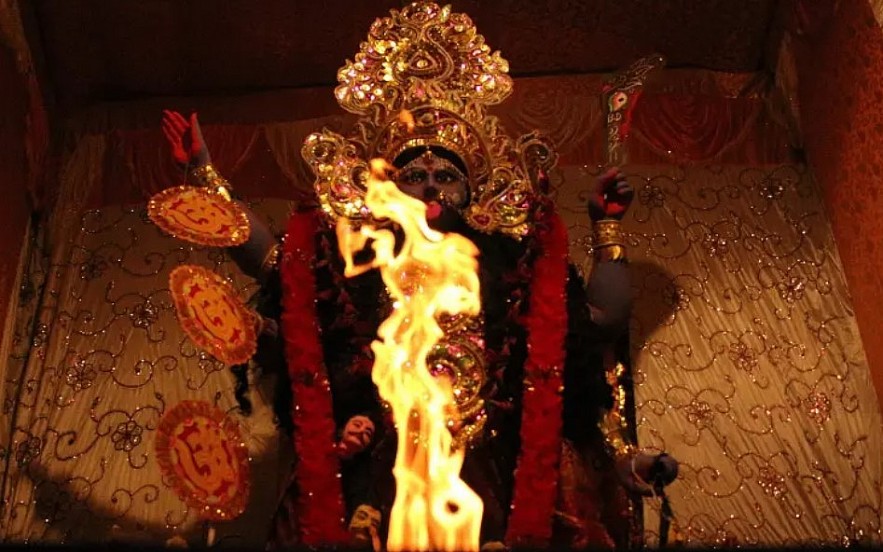 |
| Diwali in Bengal |
As a spiritual journey into the core of Bengali traditions, Diwali goes beyond simple celebrations in Bengal.
In Bengal, Diwali falls on the same night as the nighttime festivals of Kali Puja and Shyama Puja. Hibiscus flowers are used to decorate Goddess Kali, who is worshipped in both temples and homes. Ma Kali also receives offerings of lentils, rice, fish, and sweets from her devotees.
Kali Puja is well-known at several of Kolkata's temples, including Dakshineshwar and Kalighat. Also, Bengalis light 14 diyas at home the night before Kali Puja as part of the Bhoot Chaturdashi ritual, which is believed to drive out evil spirits.
Kali Puja is celebrated in Barasat, a town close to Kolkata, with themed pandals and melas, just like Durga Puja. Dakini and Yogini, two demon figures, stand before the Kali pandals.
9. Goa - Burning Narkasur’s effigy
For the "festival of lights," Goa does things differently. Goa celebrates Diwali as Narkasur Chaturdashi. Narkasur supposedly ruled Goa. He was haughty and evil with superpowers. Krishna killed Narkasur early in the morning.
Goans make Narkasur effigies from grass and paper, stuff them with fireworks, and parade them through the city. Men burned effigy the night before Diwali. This begins light-honoring festivities and ends mourning for evil and night.
If you attend the lively Narkasur Chathurdashi festivities here, prepare to be enchanted by Lord Krishna's fascinating and chivalrous stories. Hire a local driver for a convenient Goa car rental.
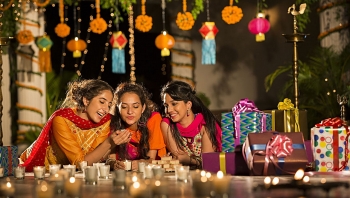 The Most Famous Holidays & Festivals in November in India The Most Famous Holidays & Festivals in November in India |
10. Karnataka - Offering food around paddy fields
Karnataka celebrates Bali Pratipada, also known as Bali Padyami, on the fourth day of Diwali, which signifies the end of the festival. This day commemorates the legend of King Bali's return from the netherworld, where he was exiled by Lord Vishnu in the guise of Vamana and is only permitted to visit his former subjects once a year.
The farming communities celebrate with a range of rituals in which they take part. An emblematic aspect of the festivity is the construction of a triangular statue representing King Bali.
11. Madhya Pradesh - Govardhan Puja
One day after Diwali, on the day of Enadakshi, the Govardhan festival takes place in Bidawad village in the Ujjain district. The villagers tie flowers around their calves and then lie down so the cows can tramp all over them.
This ritual takes place following a five-day fast. The whole village comes together to watch this spectacle, and the belief is that by doing this, the Gods will be forced to grant their requests.
12. Odisha - Summoning forefathers
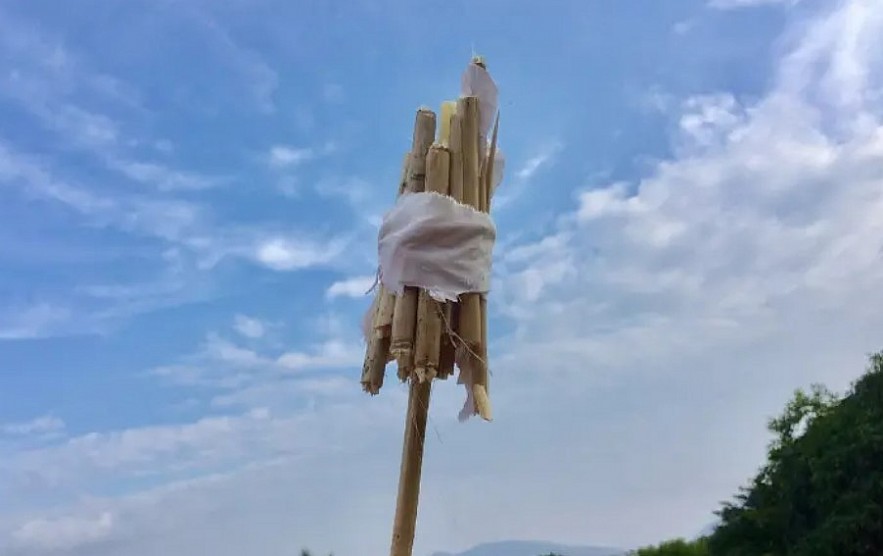 |
| Diwali in Odisha |
Kauriya Kathi is a ceremony that is performed by the people of Odisha during the festival of Diwali. The purpose of this ceremony is to pay tribute to their ancestors. During the ceremony, they will burn jute stems in order to generate fire, which will serve as a notification to the ancestors. Their ancestors are said to be alive in heaven after their mortal bodies have passed away on Earth, and they are looking for the blessings of their ancestors.
13. Tamil Nadu - Oil Bath
South Indian Diwali celebrations are modest but magnificent. In the southern part of the country, Narak Chaturdashi, which is celebrated for five days, is the most significant day as it commemorates Lord Krishna's victory over Narakasura.
For Tamilians, the day starts with an oil bath prior to sunrise, followed by a variety of unusual customs and activities. In Tamil Nadu, people light a lamp known locally as kuthu vilaku and offer naivedyam to deities. They also follow the special Thalai Deepavali Diwali custom, which involves newlyweds celebrating their first Diwali together in the bride's mother's house.
In Conclusion
Diwali, also known as Deepavali, is the festival of lights symbolizing the conquest of good over evil. Each Indian household prepares for Diwali through time-honored traditions and commemorates the festival with established customs.
While these Diwali traditions provide a broad perspective on the diverse cultural variations across India, it is acknowledged that each region possesses its own distinct practices.
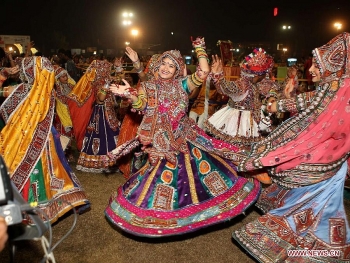 TOP 7 Most Popular Holidays in India TOP 7 Most Popular Holidays in India Here are the top 7 Biggest Festivals - Most Popular Holidaya that well worth experiencing when visiting India. |
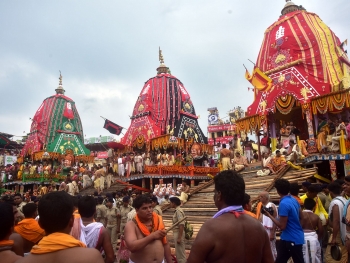 12 Most Popular Holidays/Festivals in India for July 12 Most Popular Holidays/Festivals in India for July Festivals in July in India include a few of the important days in India such as Bakri Eid. Read to know about all the special ... |
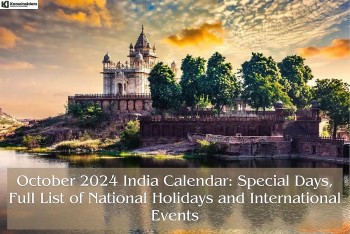 India Calendar in October 2024: Full List of National Holidays And Special Days India Calendar in October 2024: Full List of National Holidays And Special Days People from all walks of life will gather in October 2024 to respect and celebrate the country's rich traditions and heritage. Take a look at ... |

